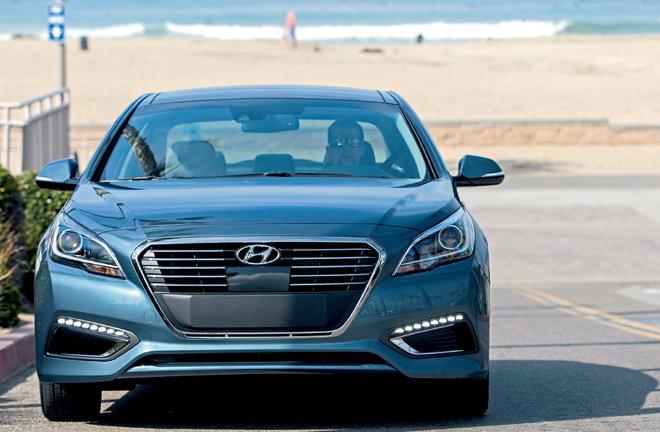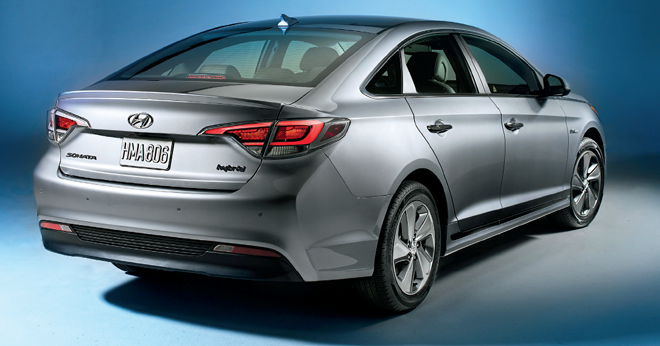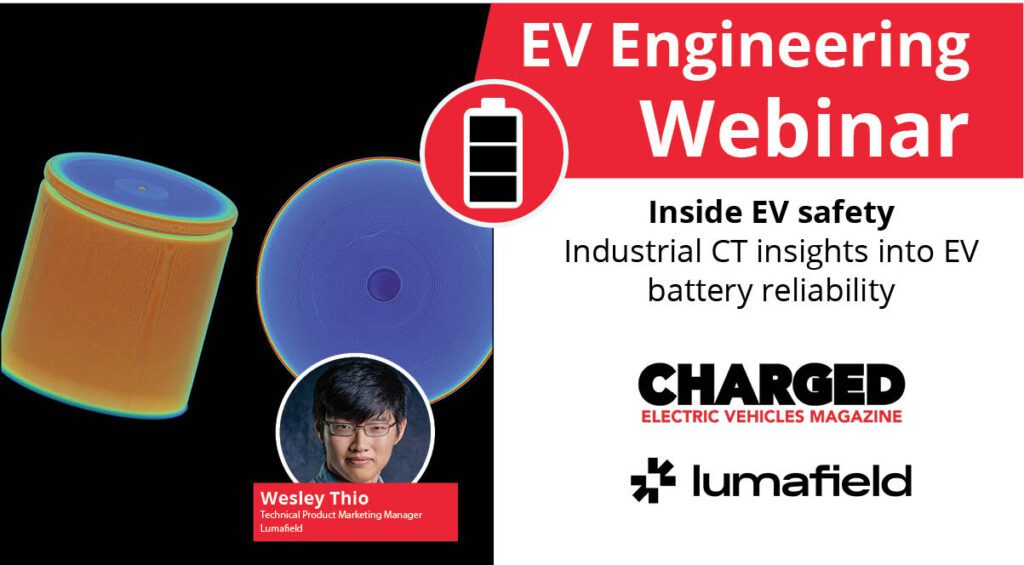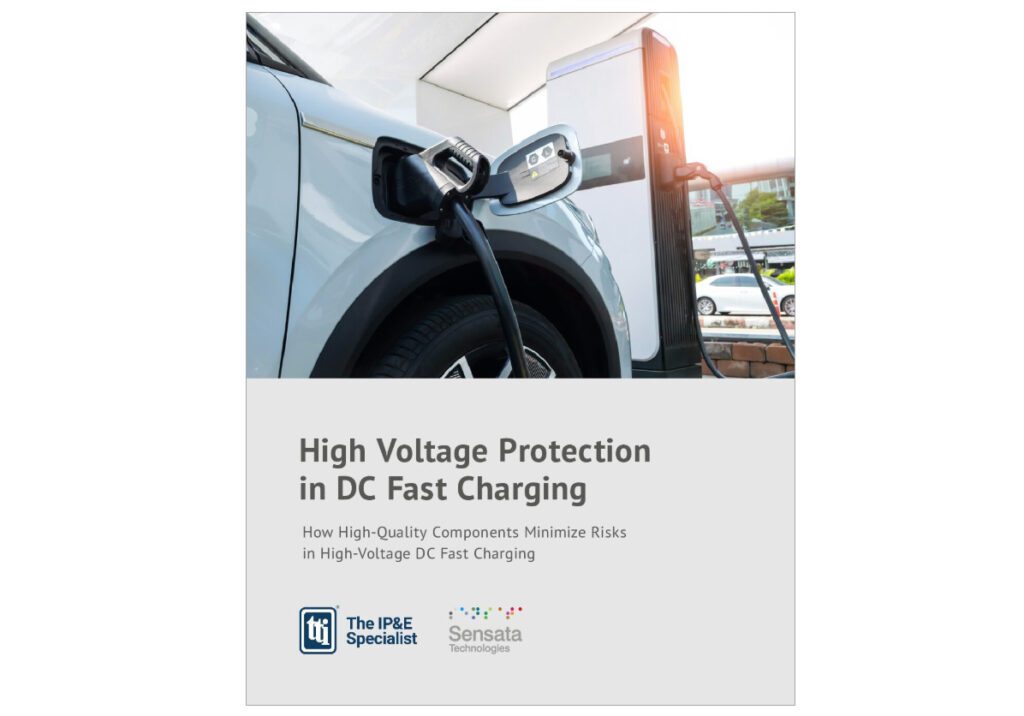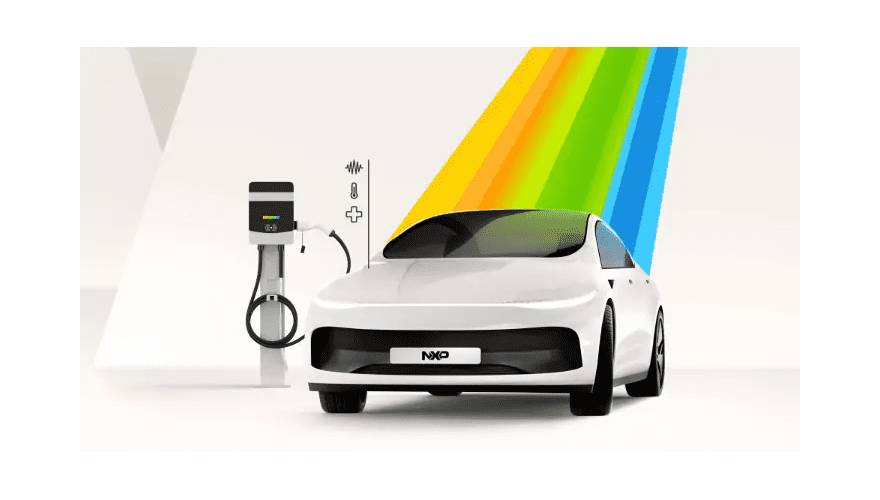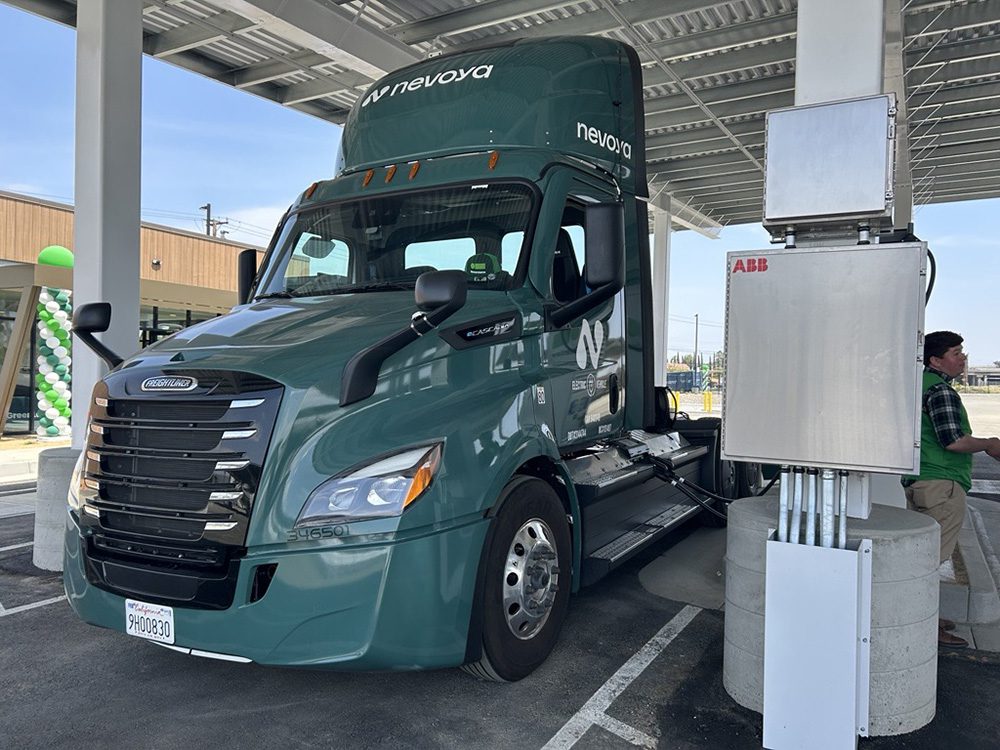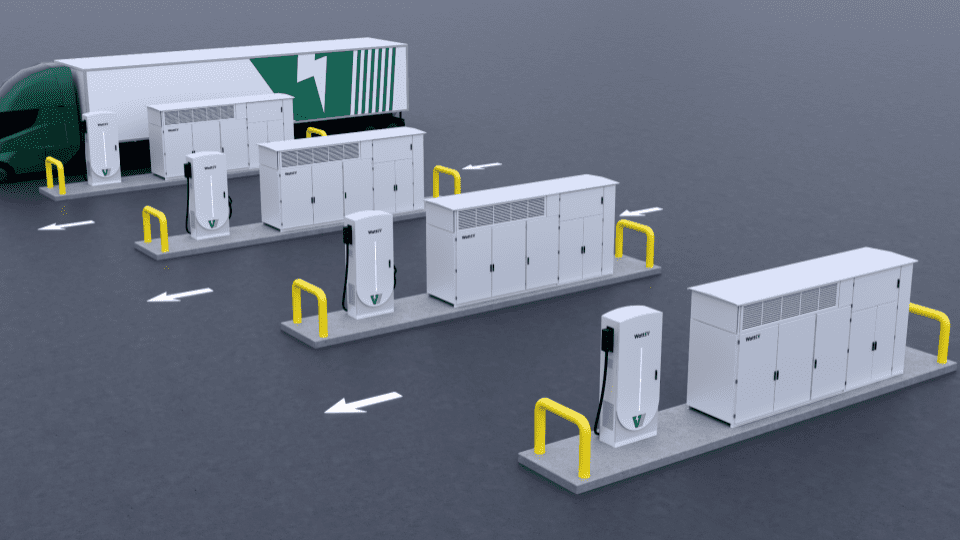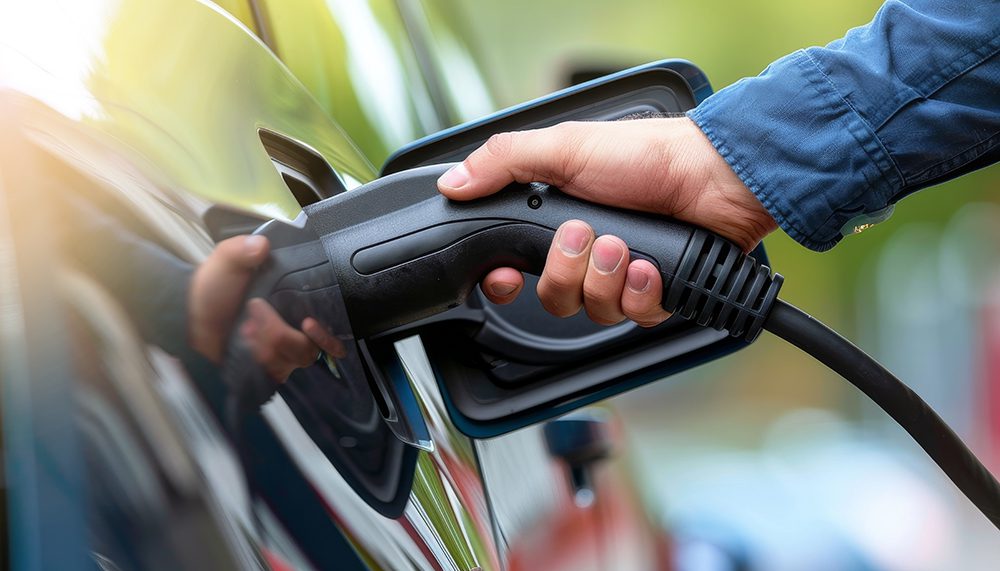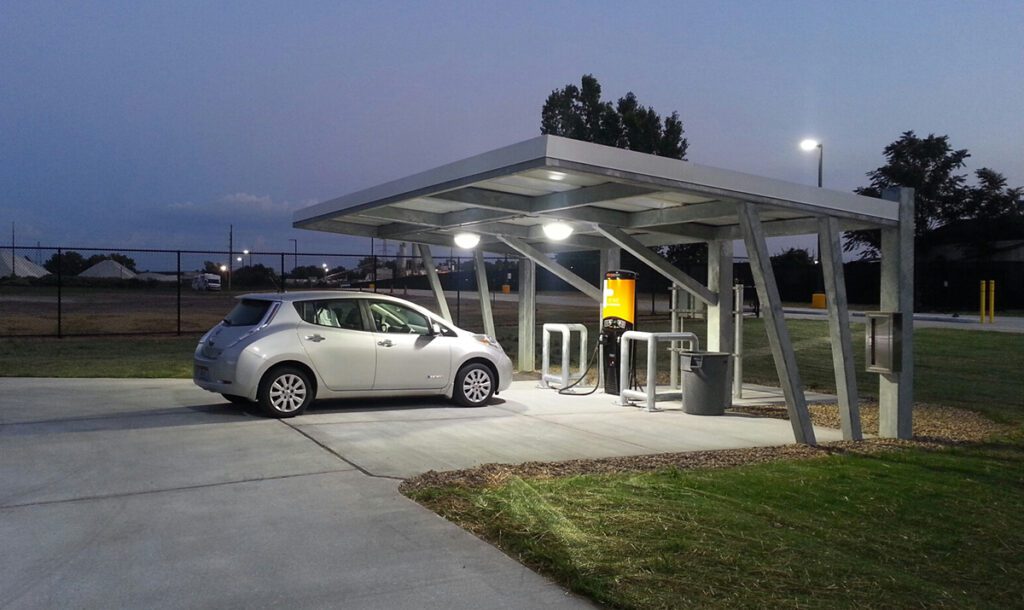Around the world, automakers are facing ever-tightening emissions regulations, and they understand very well that improving the efficiency of their internal-combustion engines isn’t going to be enough to bring them into compliance. Each OEM has crafted its own strategy to reduce the average emissions of its fleet.
Hyundai has opted for an “all-in strategy,” developing a number of different powertrain and fuel types. It has been selling hybrids since 2011, and is developing EVs, PHEVs, hydrogen fuel cell vehicles and, in some non-US markets, CNG vehicles.
By 2018, Hyundai and sister company Kia plan to have nine separate advanced powertrain models on sale. In June 2014, Hyundai delivered the first Tucson Fuel Cell vehicle in the US and continues to offer it in California where hydrogen-refueling infrastructure permits. The company also recently revealed some ambitious electrification plans – trickling out a few details of a Prius-fighting five-door hatchback called the Hyundai Ioniq. With an official unveiling set for early 2016, Hyundai has already said the Ioniq lineup will include hybrid, PHEV, and battery-electric variants.
Sonata in E
The first member of Hyundai’s plug-in portfolio is the 2016 Sonata Plug-in Hybrid Electric Vehicle. For details about the new arrival, Charged spoke with Michael O’Brien, Hyundai’s Vice President of Product Planning, and John Shon, Product Manager for the Sonata PHEV.
US deliveries of the Sonata PHEV began in November – it is officially being offered only in the ZEV states (California, Connecticut, Maine, Maryland, Massachusetts, New Jersey, New York, Oregon, Rhode Island and Vermont), but Michael O’Brien told us that it’s actually available for order anywhere in the US. “Any dealer that we distribute to, in the 50 United States, is free to order as many plug-in vehicles as they wish. So, whether you’re in Maryland or Florida or Georgia or Alabama, any dealer can order a plug-in vehicle and sell it to their customers. We’re not limiting the sales of the vehicles in any way, we’re just promoting them in areas where we know there’s going to be more natural demand.”

Creeping electrification
The Sonata was a natural choice for hybridization, as it’s the company’s second-best-selling model, after the smaller Elantra. “Bigger is always better for US customers,” said O’Brien. “While some of our competitors focused more on the compact category, which is Elantra or Corolla or Ford Focus or Prius, we wanted to focus on a mid-sized car. The closest competitor would maybe be the Ford Fusion Energi.”
The first Sonata hybrid was launched in 2011. In 2013, and again in 2016, it was upgraded with a larger battery and a more powerful electric motor. “With our brand-new Sonata, we went from a 35 kW motor up to a 38 kW motor,” said O’Brien. “It was basically a complete re-engineering of the vehicle. Of course, the drivability went up – we did that partially through re-engineering of the electrified portion of the powertrain.” The gas engine has been downsized from a 2.4 multi-point, fuel-injected engine to a 2 liter, gasoline direct-injected engine.
“The plug-in hybrid has the same basic powertrain architecture, but we go from a 38 kW electric motor to a 50 kW electric motor, and the battery capacity goes from 1.62 to 9.8 kWh.”
Unlike the Prius and others that have largely favored nickel-metal hydride batteries, Hyundai’s hybrids have always used lithium-ion polymer batteries. The Sonata PHEV uses cells from LG Chem, which has quickly become the preferred battery supplier for many automakers’ plug-in vehicles.
Both the plug-in and the conventional hybrid have a lifetime warranty that covers failure of the battery, but not capacity loss. Hyundai’s engineers are confident that capacity loss should be reasonable. “After simulating 230,000 miles in testing, the capacity loss on these lithium-ion polymer batteries is less than 10%,” said Shon.

Fast, practical, electric
Drivers have noted that the PHEV has a bit more acceleration than the standard hybrid. “One of the main reasons for that is that it has a more powerful electric motor,” said Shon. “It’s a higher initial torque, and of course, the power output to the electric motor at start makes the car feel faster. Also, if you’re looking at combined system horsepower, with the 154 horsepower gasoline engine, combined with the electric motor, the Sonata hybrid is at 193 combined horsepower, whereas the plug-in hybrid is at 202.”

The Sonata PHEV’s drag coefficient is impressively low: 0.24, tied with the Tesla Model S, which contributes to a respectable electric range of 27 miles. That is better than that of any other current PHEVs except the Volt, the Cadillac ELR and the new Audi A3 E-Tron. “On a lot of people’s commute, if they have charging infrastructure at their workplace, it could very well be they don’t use any gasoline during their daily commute,” said Shon. “It really is a no-compromise situation to a lot of people. They can operate in EV mode during their normal commute. When they want to take road trips, they have a 600-mile range. For the EV-curious, it’s an easy way for them to not change their driving patterns altogether, and still enjoy the benefits of driving in electric mode the majority of the time.”
“It’s important to note that most people in the United States can’t afford an extra vehicle in their household,” said O’Brien. “Also, most people in the United States buy a vehicle not because of their daily commute, but for their dream. They’re going to go on vacation, they’re going to take their kids somewhere, they’re going to go visit their Aunt Agnes two states away. A lot of alternative powertrain vehicles out there today can satisfy the daily commute, but they cannot satisfy the dream.”
“And I think that’s why the plug-in hybrid has such an important role to play. It can be the only vehicle in the household fleet, and it’s a no-compromise vehicle. So, during the week, I can drive carbon-free, and if I want to take a family vacation or go off somewhere for the weekend, I can do that without any restrictions.”
O’Brien mentioned recent research by the California Air Resources Board, which found that, surprisingly, the number of electric miles driven in PHEVs is higher than the number driven in pure EVs. “The current structure, in terms of tax credits, strongly favors pure EVs,” O’Brien pointed out. “I believe that the state of California is looking at restructuring the credits to reflect the fact that more carbon reduction appears to be happening with plug-in hybrids.”
Protecting pedestrians
US auto industry regulators have been talking about requiring electrified vehicles to have sound generators for the safety of pedestrians for a few years, but the National Highway Traffic Safety Administration recently said that the new rules will be delayed until at least March 2016. Hyundai is ahead of the game – the Sonata PHEV comes with a Virtual Engine Sound System.
“When you’re operating in EV mode, it’s called hybrid creep – I think we’ve all experienced it before in parking lots,” said Shon. “All you hear are the tires on the road. The Sonata PHEV has a speaker that is located on the lower right part of the front grille area, that [produces] a sound any time the vehicle is operating in EV mode. The driver doesn’t hear it inside the cabin.”
“It’s not an engine noise, per se, it’s more of like an engine noise at idle, instead of an engine noise when accelerating. That’s a feature that we’ve been offering since our first Sonata hybrid launch back in 2011.”
If you build it, will they sell it?
There’s a growing awareness that local dealers are one of the weak links in automakers’ efforts to sell plug-in vehicles. Industry observers agree that OEMs need to do much more to get their dealers excited about pushing plug-ins. We asked Shon about Hyundai’s dealer training programs.
“All of our dealers are required to take the Sonata hybrid service and sales training, along with the Sonata plug-in hybrid training,” said Shon. “We require all of our dealers to be knowledgeable on the Sonata Plug-in Hybrid, in regards to sales and service ability.”
“In those states where we think there will probably be more interest, we have encouraged, but not required, our dealers to install chargers,” said O’Brien. “We’ve asked them to install a couple of them, but it’s up to the dealer’s individual vision. Obviously, some dealers are going to sell a bunch of these cars, and they’re going to actively make sure they can support them. Other dealers may not be quite as active.”
“We’ve worked out an arrangement with Aerovironment,” said O’Brien. “We’re using their EVSE RS Level 2 30 Amp charger. So, dealers are typically placing one in the sales area of their store, and then one in the service area in the back of their store. We worked out a special arrangement to make this very attractive to our dealers, so they’d be very willing to add the chargers. They get a preferential price and extra support that goes with it.”
The Sonata PHEV comes with a 120-volt cable as part of the vehicle base price. A Level 2 home charger is available as an extra.
Sibling rivalry
Hyundai’s sister company, Kia, has been selling the Ray EV in Korea since 2012, and released the Soul EV in the US in mid-2015. The Soul EV (which we profiled in our January/February 2015 issue) was planned as a low-volume model, but customer demand has been strong. In 2012, there were reports that suggested the two companies planned a division of labor in which Hyundai would develop PHEV and hydrogen fuel cell models, and Kia would focus on pure EVs. However, O’Brien told us that there is no firm policy to that effect.
“Our companies, from a North American perspective, run completely separately – we don’t talk to people at Kia, nor do Kia folks speak with us. They do their own thing, and we do our own thing. Now, it is true that we share R&D, mostly in South Korea. However, each individual sales region in the world does their own work in terms of product development.”
“It was our decision to promote and lead with the sale of hydrogen vehicles. That’s not to say that Kia would never sell a hydrogen vehicle. Kia said that they would lead in the sale of pure battery electric vehicles, but we’re going to sell battery EVs as well. We just felt it was most efficient, in terms of our sales activities, that we promote one as our lead vehicle, and they promote another as their lead vehicle. But, in the end, we’ll be selling a number of different vehicles.”
Some of the underlying technologies are shared between the two makes, but there will be “significant engineering differences for each brand, based on what customers are looking for, so the specifications could be quite different.”
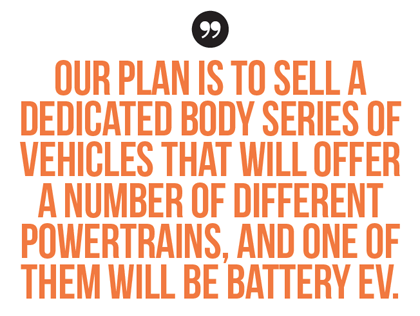
Going all the way
The Sonata PHEV is only the beginning of Hyundai’s electrification strategy.
“Kia is selling the Soul EV, so obviously we have the technology nailed down,” said O’Brien. “Our plan is to sell a dedicated body series of vehicles that will offer a number of different powertrains, and one of them will be battery EV.”
The Ioniq – Hyundai’s next step in electrification – will have its global debut in South Korea, followed by appearances at the Geneva Motor Show in March and the New York Auto Show in April.
This article originally appeared in Charged Issue 22 – November/December 2015. Subscribe now.








